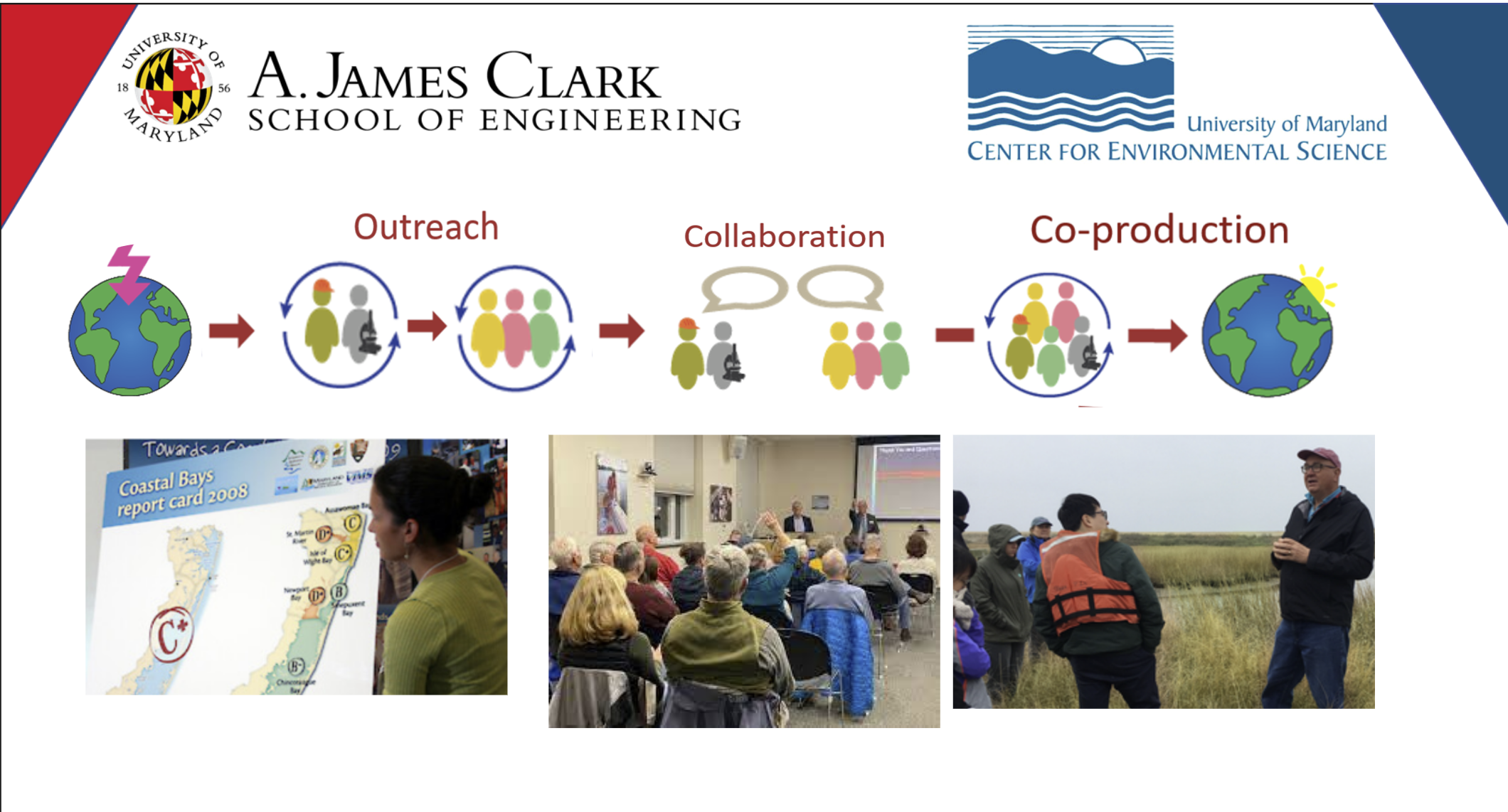
edX Professional Certificate Programs
Environmental Project Management: Co-Creating Sustainable Solutions
Co-produce outcomes on your environmental projects by effectively engaging and motivating diverse communities to work towards shared environmental goals.
In this course you’ll learn about the power of leveraging transdisciplinary (TD) approaches to plan, implement, and govern the co-design of solutions to complex environmental problems impacting environmental justice and public health. First, starting with the TD framework, we can frame and initiate conversations across multiple, geographically dispersed groups and begin to organize a co-designed vision for sustainable outcomes that can be updated and maintained with adaptive governance.
Organizing the group of key stakeholders will require a shared vision. National Park Groups, existing environmental justice organizations, land preservation groups, and grassroots environmental initiatives all share a desire of environmental justice. Whether your topic is environmental protection, climate change, air pollution, landfills, natural resources, pesticides, toxic waste, or the general environmental health of your local communities. That’s why storytelling will be reintroduced from course one in this series to ensure you as a project manager can create compelling visions that are easy to remember, understand, and convey important information about complex topics for positive project outcomes. Storytelling can illustrate the need for fair treatment, regulatory solutions, and addressing the impacts of inequity on communities of color and low-income communities. Then it’ll be time to capture and roadmap the vision, the way we move our current state to the co-designed outcomes creating value at each step along the way. Then establish a decentralized, agile decision-making process to enable its realization, as well as a means of managing input and discoveries across dispersed groups to include areas susceptible to environmental hazards and areas impacted by environmental injustices, with inclusion of low-income, underserved, people of color and working toward environmental quality and sustainability.
Next, using outreach to address environmental justice, we’ll teach management of big events - a series of critical workshops that can bring all interested parties, decision makers, and stakeholders together to create the shared outcome. Through effective tools like collaborative learning we can engage stakeholders with the information they need to help build the shared vision for fair land use and environmental justice. However, collaborating with diverse stakeholders and influencing public engagement is often challenging, especially when addressing as overburdened groups that can have conflicting interests or perspectives on social justice and civil rights for everyone to have a healthy environment. Therefore, we also cover managing conflicts and how to find ways to resolve them in order to move forward with the project.
With solid plans and agreement, there will still be risks to identify, escalate, and manage across the complex stakeholder groups. The environmental justice movement begins with meaningful involvement, a focus on the environmental issues, clear communication, engaging all communities impacted - reducing inequity - and co-designing a vision for sustainable outcomes and environmental health. This course will wrap with a discussion on how to incorporate risk identification and action planning across a complex group to help successful navigate through execution and achieve lasting sustainable change.
I'm passionate about what works as both scientific principles and best practices in project and product management. Teaching is leading leaders, so my first goal is to engage with compelling reasons to change their thinking. Our shared goal is to empower their teams to delight customers while also serving the organization and society that supports them.
My goal in teaching is not only to convey a body of knowledge but also help the student incorporate that knowledge into their careers and life. Teaching is not just about transmitting knowledge but also developing the student’s abilities as a critical thinker and an independent scholar.
Science Integrator with the Integration and Application Network at University of Maryland Center for Environmental Sciences
Director of STEM Engagement at University of Maryland Center for Environmental Sciences
Vice President for Science Application at University of Maryland Center for Environmental Sciences
Unlock the power of Artificial Intelligence to revolutionize government procurement.
Drive your career forward.
Pass the PMP Exam on the first try by Crystalizing the methods.
Generate big ideas and a culture of innovation
Learn how to apply the foundational knowledge of Digital Strategy and Execution to the Government sector.
Learn how to lead system Integration of Low-Code, No-Code (LCNC) platforms across the entire Product-Platform Lifecycle.
Ensure you have the right training program to make your citizen developers highly productive and effective.
Enable better, more confident decision making with program and project risk management
Learn how to manage and lead change with programs
Learn how to manage and deliver successful construction projects.
Build the power skills that foster a positive workplace.
Master the communication skills you need to succeed.
Lead the product life cycle from discovery to delivery.
Deliver innovative solutions by unleashing your team's potential.
Drive your career forward.